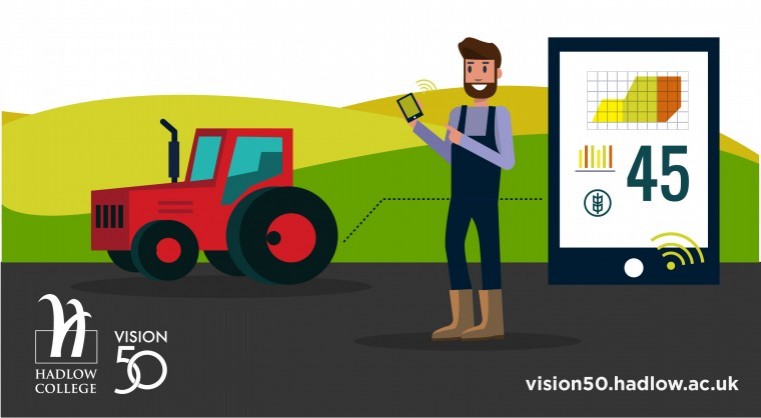To meet global food demands and to reduce the radical impact of global warming, sustainable farming solutions are growing in demand. Burly tractors and long work hours are now viewed as a drain on the system, as they are compromising the health of our planet and its people.
The UK farming industry is active in addressing what needs to change. As we are living in a highly-productive, quick paced and technically-advanced digital society, there is much to be taken and applied to the farming world. Farming businesses can perform simple but effective things such as creating an Instagram account to boost recognition. We are living on an image-conscious planet, yet there is much to be utilised here. To captivate viewers, all farmers have to do is take a snapshot of their produce or growing methods. With the use of appropriate hashtags (#UKfarming) the image is circulated around the social media platform to be viewed by everyone. With Instagram now seen as one of the main ways to reach young people, it is a market the farming world should be buying into.
In the UK specifically, there is a new agriculture app called CROPROTECT which enables farmers to protect their seed and crops from pests, weeds and infection. This device is a great way to manage production whilst combatting risk – see it as an extra pair of eyes. The visionary type of crop monitoring will ensure farmers can minimise any risks to what they produce, reducing the overall threats to business.
In terms of on-farm production, robotics is a huge solution with plenty of potential. But what kind of robotics will be suitable for certain farming industries?
Robotics’ impact might be greater within the arable sector than livestock; purely because the nature of arable production lends itself to robotics. Some areas of livestock production have already seen the introduction of a limited scale of robotics; there are robotic milking machines for example, but this is an area where there is a fairly high level of predictability. For instance, once a cow’s udder has been scanned, individual cows will be easily identified when they next visit the robotic milker.
Areas more difficult to robotise include: livestock operations occurring less frequently and in practices where there is greater variability – sheep shearing for instance. The technology might be available in the future; it just might take some time to develop it.
The rise of the tech farmer is gradually coming into existence. With both large and small scale technology available, and more on the horizon, the new-age tech farmer has an exciting future.




